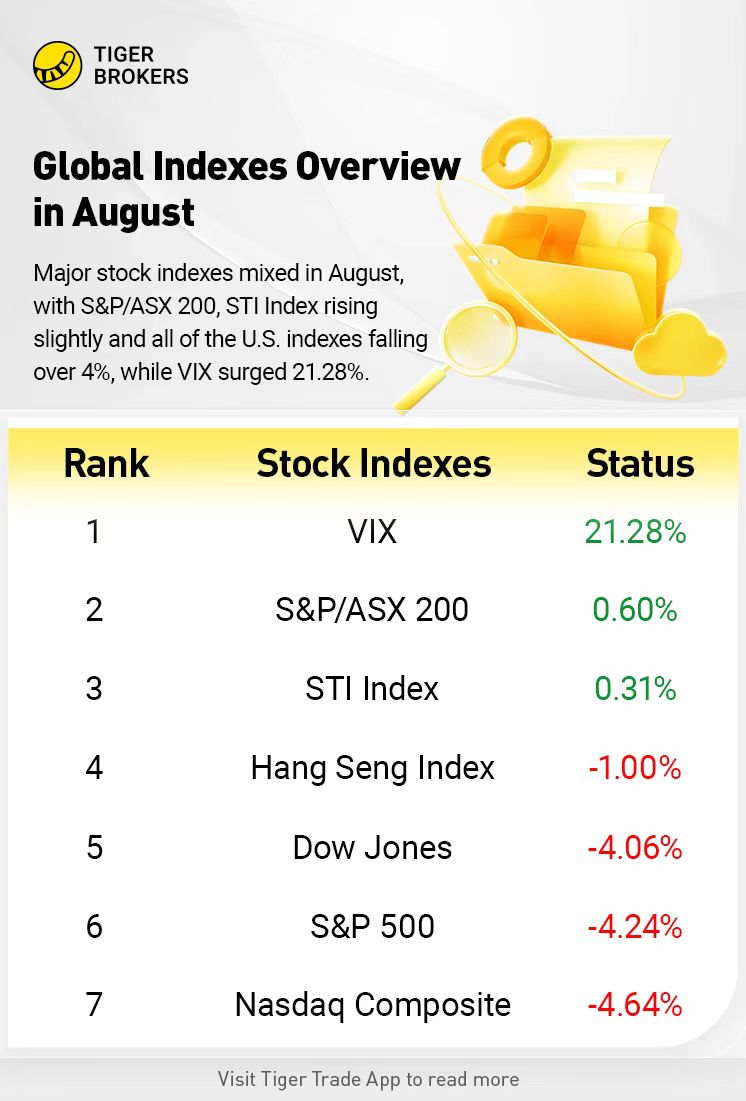Major stock indexes mixed in August, with S&P/ASX 200, STI Index rising slightly, U.S. major indexes suffered their biggest monthly percentage declines in August since 2015, while VIX surged 21.28%.
10 of the 11 sectors of the S&P 500 ended in the red for August, with Information Technology the top loser. Losses in the Health Care and Real Estate sectors also dragged the index lower. The Energy sector was a standout gainer, as oil prices continue to remain elevated.
Can Midterm Election Year Reverse the historical performance in September?
September, which begins on Thursday, is historically the worst month of the year for the stock market.
The Dow and S&P 500 fell sharply in September last year and in 2020, even though the broader market rallied in both years. That doesn't mean stocks are doomed to finish this September in the red, of course. Stocks rallied in each of the three Septembers prior to the pandemic.
But here's another potentially ominous sign: This is a midterm election year. The Dow has fallen in 11 out of the last 18 pre-midterm Septembers going back to 1950.
Fed’s Meeting May be the key issue in September
Still, there's reason to be nervous.
The Fed's next meeting about rate hikes is on September 21. Several key economic reports are on tap that will give investors more clues about the health of the job market and whether inflation pressures are abating. Congress will be back in session just after Labor Day as well.
"There is no question that there are a number of geopolitical concerns and economic data that could lead to volatility. Investors should be prepared for that," said Josh Emanuel, chief investment officer of Wilshire.
"The historical concerns about September and October are less relevant this year. There are forces in play that are more significant," said Alex Chaloff, co-head of investment strategy at Bernstein Private Wealth Management. "There are a number of potential catalysts for a fall rally."
Chaloff said that if the slowdown in inflation continues, "the market will cheer that significantly" and the Fed might be more likely to raise interest rates next month by just a half percentage point instead of three-quarters of a point. That could be "critical in establishing momentum for a rally," Chaloff added.
So as long as the economy keeps chugging along and inflation fears move further into the rear view mirror, the market just might avoid a big September swoon.
Or an October crash. Don't get us started on 1929. Or 1987. Or 2008.
